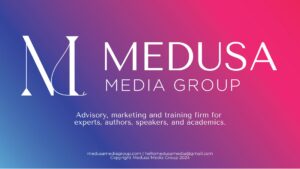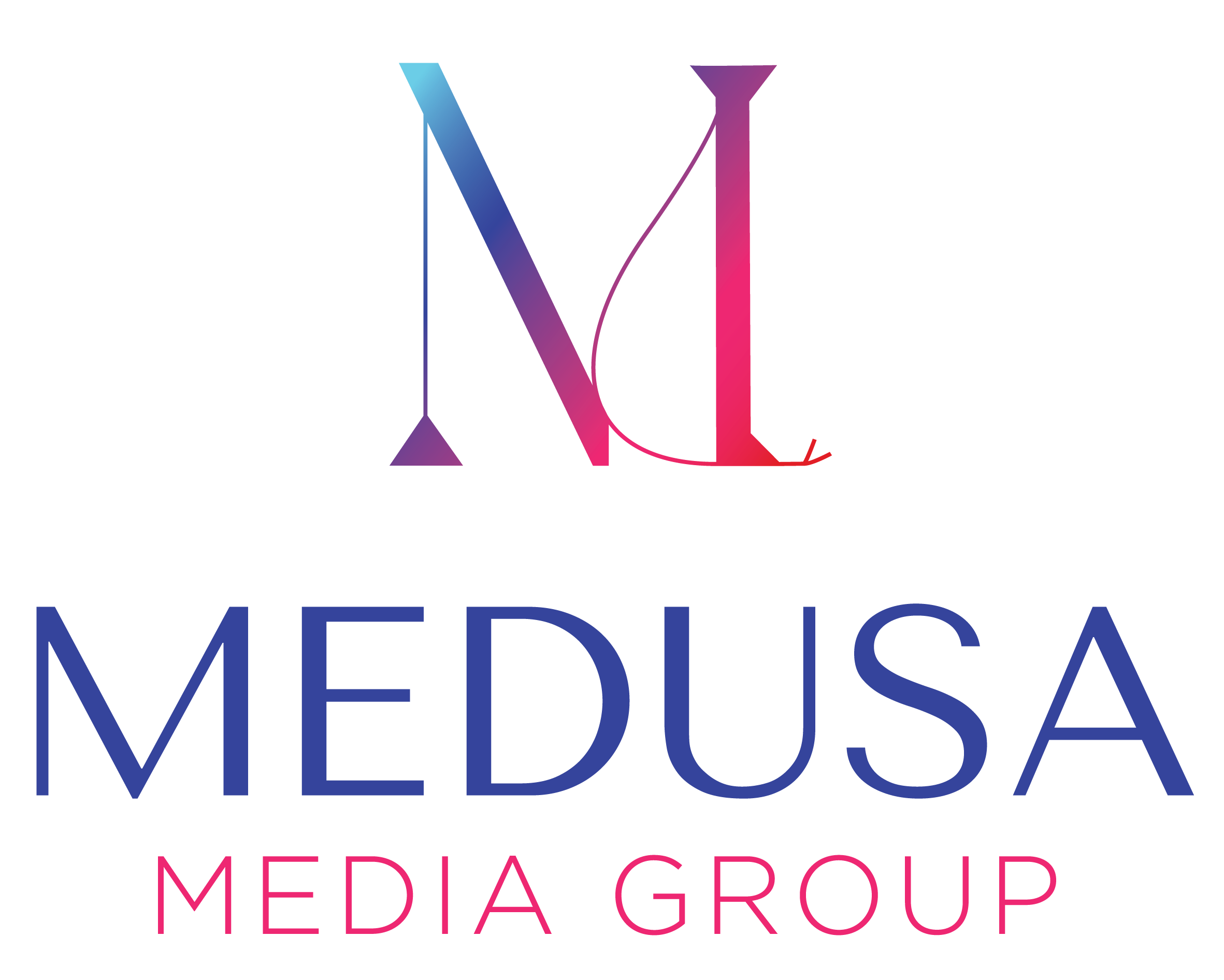
Yes. You can be too authentic for your audience… if ‘authenticity’ means no-filter sharing.
Let me explain:
What Authenticity is and When it Crosses the Line
Authenticity: WTF is it? Authenticity is being the best-est, right-est, you. It’s that energizing and effortless feeling that comes when you’re with people who excite you or when you’re in the flow state of doing your zone-of-joy work.
It comes in different flavors — you can feel that flow in a conversation with your spouse, your parents, or your neighbor. But you bring different facets of your self to those situations, right? You can be your best-est, right-est you in any relationship, but what parts of yourself you share depend on your context.
Authenticity takes openness and vulnerability and a grounded connection with yourself. Think about someone singing with so much meaning it brings you to tears. That singer is not phoning it in.
But what if that singer broke into sobs in the middle of her solo?
That would be too much for the situation — the wrong flavor for the context. It would be uncomfortable for everyone. And this happens in thought leadership marketing too — particularly among women leaders.
“Vulnerability-Matching” is Not Authenticity
Everyone’s heard that women are from Venus and and blah blah blah. Gender binary generalizations make me roll my eyes, but… studies have shown that women want personal connection, rapport and trust when making decisions for their businesses.
Women know this intuitively and we see it reflected all around us in online marketing. How many Instagram captions have you read that go like this, “I was in tears on my bathroom floor. This was it. Rock bottom. … And then I did XYZ and now I have a 7-figure business”?
The line between what feels authentic vs too much for this context comes down to your taste. Some women’s brands are more open than others, which helps them attract and impact their ideal customers.
The problem is, we see confessional marketing all around us and feel like we need to match it in order to be authentic.
It happens in personal relationships too, like with my friend Jessie. Jessie is very open with me about her marriage to Shannon (whom I used to work with). She tells me what they fight about (sex, money and household roles, natch) and what annoys her the most about Shannon.
It’s curious to me how open Jessie is, because Shannon and I are close friends. (I flatter myself that it’s because I’m so easy and appealing to confide in, and Jessie can’t resist 😉.)
But here’s what happens: when Jessie shares details about their marriage, I start sharing the same details about mine. I start vulnerability-matching! I want to match her level of openness by confiding the same way. But when I do I feel… exposed. Jessie doesn’t FORCE me to share, but humans are wired to fit in — and that makes me want to match her level of vulnerability.
Is your Mess an Authentic Message?
It would be no problem if I wanted to share that with Jessie or my audience. It’s not bad to share (sex, politics and religion are fair game if that’s what you want). Quite the opposite, you’ve probably heard the marketing advice to make your mess your message. It has a kernel of wisdom, a reminder that sharing your struggles is a powerful call to people who are experiencing the same thing and will feel validated and drawn by your openness.
But I’m reminded the iconic black quote tiles my client Ali Brown shared: sometimes your mess shouldn’t be your message. Especially if… you’re still a mess.
Oversharing, transparency, and vulnerability-matching are not by default authenticity — but a lot of women think they are! Authenticity isn’t one thing, and if you’re not doing it right then you’re fake. No, authenticity is being your best-est, right-est YOU for your given audience, whether it’s your kids or your email subscribers.
Authenticity Needs Boundaries
You’re not competing for gold in the Confessional Olympics. You don’t have to share your struggles with money blocks or the abusive relationship you survived, just because she does.
- You get to decide where your line is. Where your boundaries are. What makes you feel like the best-est, right-est you.
- The difference between just enough sharing to make an impact and feel connected and oversharing is razor-thin. Listen carefully to yourself to find out where your line is. You may find it depends on the medium. Perhaps you’re much more open with your podcast audience than on social media.
- Share your scars, not your wounds. Most of us feel most safe sharing something we’ve struggled with — past tense. That’s not cheating. You’re not “fake” if you don’t divulge everything all the time (in fact having some mystery to you keeps people intrigued!). Privacy is important and you will serve your audience (and yourself) better when you can authentically share a struggle once you’ve earned wisdom from it.
You don’t have to be so vulnerable or truthful that you feel like you’re naked onstage in your most anxiety-driven nightmare. Being authentic in your marketing and thought leadership feels energizing and aligned, not forcefully exposed.
You’re not for everyone. Susie So-And-So’s Instagram is beautiful to look at, but that’s not your business. Your tone is different from hers. Your people are different from hers. And your people are waiting for you.
Now, if you’d like to take your authentic, not-overly-vulnerable thought leadership to the next level, may I introduce you to the 5 Magnetic Pillars of Thought Leadership?
The impact of thought leadership on lead generation and clients can’t be overstated: Over 80% of decision-makers say excellent thought leadership increases their respect, perception of capabilities, and trust in an organization. And 60% of those who are willing to pay a premium say it’s because the thought leadership of that organization demonstrates deep thinking and other virtues decision-makers value (source).
How can you make your thought leadership sing (without breaking into sobs)?
The 5 Pillars of Magnetic Thought Leadership.
It’s free, it’s just 5 lessons, and it’s got exercises, examples, and insights to make your thought leadership as magnetic as ice cold water after a marathon.
Click here to join the free email course, 5magneticpillars.com.
Image by Thought Catalogue. Thanks to my friend Julie Fogh for feedback on this article. Aren’t friends THE BEST? Check out The Authenticity Code (by Julie and her business partner) for more.





